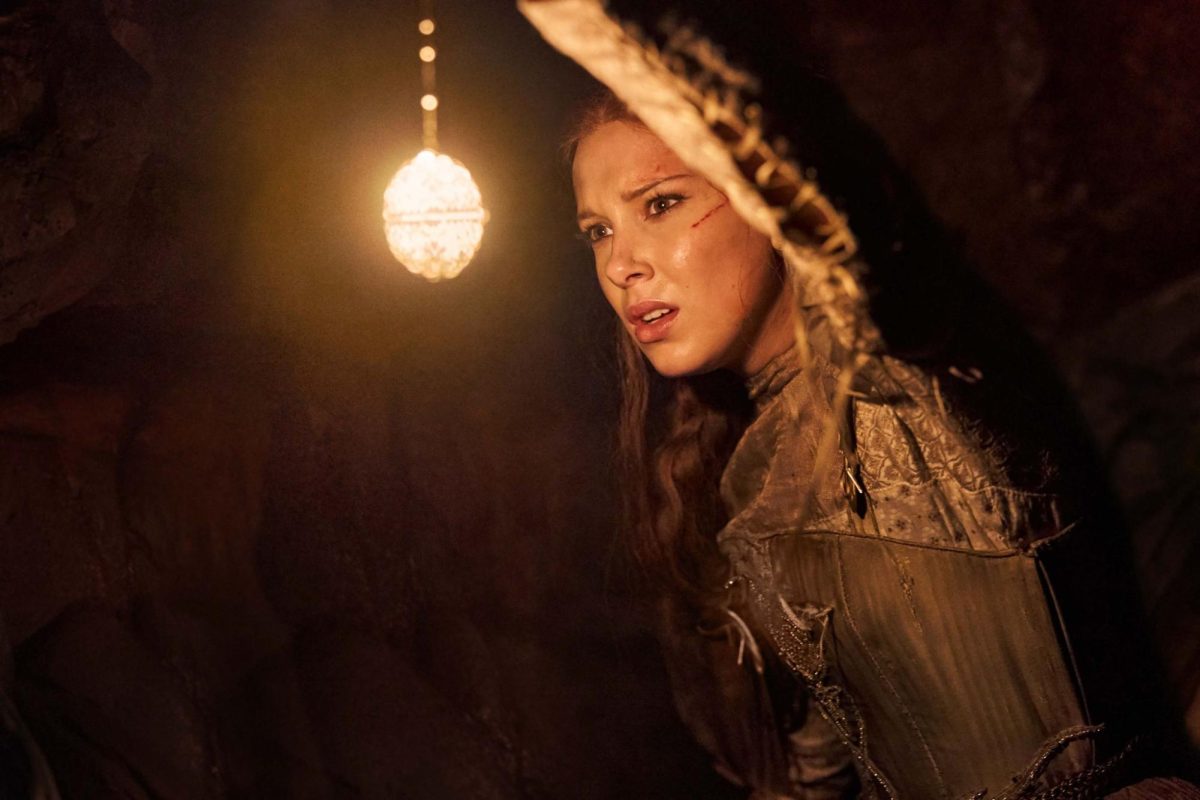A24 coming-of-age films have transformed cinema
A collage of leading characters from respective A24 coming-of-age films.
October 21, 2020
Over the past century, film production has undeniably become more advanced and viewing has increased in popularity as a pastime activity due to gained accessibility through platforms such as Netflix, Blockbuster, Hulu and the classic movie theater. These massive platforms offer a plethora of action, horror, drama and comedy films, but one specific genre has thrived in recent decades: coming-of-age. This genre is catered towards angsty adolescents absorbed in their overactive minds in a stressful waiting game for adulthood. These films touch on notable themes of growing up such as romance, yearning for independence, fears of adulthood and responsibilities — ultimately letting go of the innocence of childhood. Many filmmakers, writers and artists alike have toyed with this concept since the term “teenager” was coined in the 1950s. While many have been successful in portraying these themes in diverse mediums of cinematic arts, A24, a young, New York based independent entertainment company has revolutionized the template for this genre.
The current array of coming-of-age movies available suffer from whiney, whitewashed narratives which makes the genre seem overwritten and redundant. A24 values diversity and differentiates itself in the film industry through their selection of boundary-pushing narratives and aesthetically pleasing films; in which they give a platform to smaller filmmakers. A24 has managed to bridge the gap between low budget, low circulation indie films — an abbreviated term for independent movies — and big box hits. Notable for their work on “Lady Bird,” “Moonlight” and “Eighth Grade,” A24 has mastered relatable story lines which resonate with people of different socioeconomic standings, races and sexual orientations who have been historically excluded from Hollywood. Producing “Moonlight” helped A24 build their repubitbility in the industry as the film won three Oscars, including Best Picture. The flim tells the coming-of-age story of a Black, homosexual boy growing up in a tough neighborhood in the ‘80s. A frequently overlooked pairing of minorities in film performed by a Black person further highlights A24’s devotion to quality content delivered by underrepresented people. More impressively, A24 has actually proved successful in breaking down these barriers, which is an immense feat in the cutthroat film industry, as seen in raving film reviews and their partnership with Apple in 2018 to produce new films.
The entertainment company carefully selects films and television show projects not by how impressive the CGI possibilities are, as so many other film companies do, but how authentic the feel of the story is; how moving and stimulating the collective cinematic work is. A24’s impressive marketing tactics and refined, yet quirky, qualities have garnered them significant attention in the entertainment industry as their audience goes beyond the usual hipsters crowding at indie film festivals, reaching more common folk.
Indie films bring a beautifully organic perspective to the roundtable of cinematic arts. With raw authenticity, the audience feels closer to the story and characters. It is an equivalent to watching the Instagram story of a classmate who you never quite got to know, on screen, confined to a two hour time limit and with a respectable filter placed atop the visuals. But given A24 film’s widespread distribution, it’s several million people seeing their classmate’s story; thus showing how interrelated we all are by the aspect of human nature, quietly fighting similar battles underneath smiling faces. Coming-of-age films tenderly touch on hindrances of the teenage years to connect mentally isolated teens.
It is so important for these films to reach mass audiences as they set practical notions of early adulthood and celebrate the beauty of utterly unromantic moments in one’s life. While many production companies play it safe with their marketing color schemes, A24 embodies their unique, daring charisma with a more eye catching palette. Disney may be associated with simple, blue tones, but a color palette defining A24 would include an array of neon colors paired with a stark black to represent the vividness of the stories told but the chill of reality which trails behind.
In the case of the highly regarded film “Eighth Grade,” eighth grader Elsie goes through one of the toughest years of adolescence in a stereotypical suburban town so many of us can relate to from our own childhoods. Her hardships and blatant awkwardness endorse the stripping down of Hollywood coming-of-age films in which the main character is not a put-together teen living in utopia, but an average person living a woefully average life. Similarly, films “Mid-90s,” “The Florida Project” and “The Spectacular Now” shed a similar light on realistic adolescence. The youth of today needs to know that growing up is not glamorous; it is acne-ridden, tear-inducing and full of mood swings and voice changes, and it’s not only okay — it’s normal. Films are an escape from reality, but reality should be accepted and celebrated, and all narratives should be accepted and celebrated. Without the representation of averageness and minorities on the big screen, young viewers will find themselves disappointed when their teenhood doesn’t live up to the unrealistic expectations many other coming-of-age films set. A24 recognizes the importance of commemorating the bad in life, learning from it and accepting that it isn’t the ceaseless sunshine cinema the past century of films have endorsed.





![WASC looks for more than the basic California State standards. According to chairperson Mike Woo, “As new rules and new concerns come up through society, [WASC] look[s] is the school doing something about that. Like the biggest trend post-COVID is mental wellness. So is your school doing something to address the mental health of the students? Along with are they still doing the proper academics?”](https://theburlingameb.org/wp-content/uploads/2024/03/IMG_3401-1200x1200.png)























![“For me personally, I want [others] to see the music program as a strong union because we can really bring out the life of our school,” Vega said. “We need music, you know? Otherwise, things would be really silent and dead.”](https://theburlingameb.org/wp-content/uploads/2024/03/unnamed-1200x801.jpeg)










Vishwanath H Prathikanti • Oct 21, 2020 at 1:07 pm
This article sounds like an ad for A24 movies. The headline says how the films have “transformed” coming of age stories, but the actual article has nothing to do with the history of coming of age stories and how they have typically been portrayed. Why was Rebel without a cause considered provocative, engaging and realistic at the time when today we view it as a relic of the past? Our idea of a provocative coming of age story changes with each generation, and it’s a shame Goldstein not only failed to mention it, but seemed to absentmindedly disregard it, summing previous works as simply artists and filmmakers “toying” with these themes. A24 films are not single-handedly transforming coming of age stories. Rather, teenage culture is fluid, and A24 has portrayed the culture of the current culture extremely well.